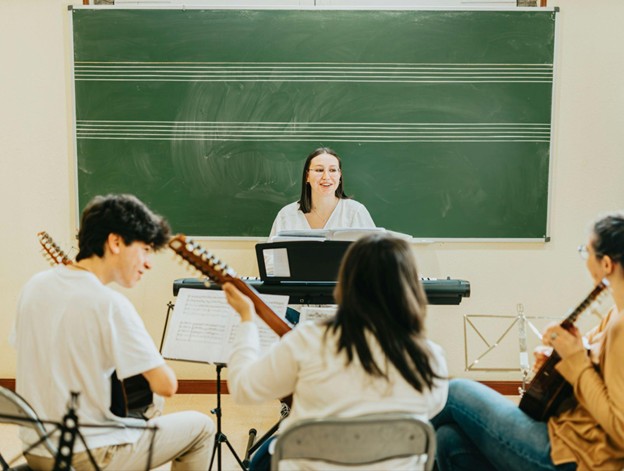
Whether you are creating art or just viewing it, neuroscience shows it is good for your brain
You don’t have to be an artist to want to create art – as far as your brain is concerned, it is the process and not the eventual product that matters. That is the message from Harvard Medical School, which has recently conducted a large-scale study into the effects of artwork on the brain. But why is this?
The Scientific Evidence that Proves Art Enhances Brain Function
Decades of research have provided a mountain of data, sufficient to say without a doubt that art affects our brain wave patterns and emotions, the nervous system, and can even raise serotonin levels significantly enough to have a measurable effect. The benefits range from the development of fine motor skills, expansion of creativity, and an improved emotional balance.
This answers the question “Does art matter?”. Research indicates these effects are particularly pronounced in the very young and the very oldest in our society. The latest findings show that experiencing any kind of beauty, visual or musical, can literally affect the decisions we make in our everyday lives.
Conceptual Relations
One area of particular interest is conceptual art such as that created by Yoel Benharrouche. Our brains tend to view these kinds of work as a puzzle, and the reaction people have to them is much the same as when working through a mathematical proof.
An early example of this kind of work is Magritte’s Treachery of Images (Ceci n’est pas une pipe), which, according to noted neurobiologist Semir Zeki, “goes against everything the brain has seen, learned, and stored in its memory”.
Further examples such as the paintings of Piet Mondrian stimulate areas of the brain which derive joy from solving puzzles. It is thought that multiple areas of the brain work together to solve this “art puzzle”, creating an overall feeling of satisfaction.
When this happens, distinct areas of the frontal lobe bring together memories and experiences and attempts to build upon them with learning. The brain always searches for order – but art doesn’t always have distinct objects and order.
Further Studies on the Benefits of Art
Art and creativity have long been recognized as being beneficial to brain development in children, but the benefits for older adults are only recently starting to be fully understood. Artistic pursuits such as painting and coloring provide an engaging pastime, but can also increase social interaction, improve cognition, and have even been shown to reduce anxiety and depression.
Most interestingly, when surveyed, adults who participated in these activities were not surprised or shocked by the results of the study, whereas those who had no regular participation in any form of art almost always dismissed the claims outright.
Researchers have found that creative pursuits often help to build connections in the brain, whatever form they may take. By strengthening our cognitive reserves in this way, memory loss in later life can be prevented. Some of the other effects are even easier to measure, such as the improvement in fine motor skills that were observed in the earlier study.
Emotional Benefits
More difficult to quantify are the emotional benefits. For many people, particularly of the older generations, expressing themselves can be difficult. Art offers an outlet through which to create a visual representation of thoughts and feelings, which can be a simpler way of communicating than speaking aloud. Communicating with others reduces feelings of loneliness and isolation, so it makes sense that art could benefit people in this way.
The American Association of Retired Persons (AARP) says that doing the arts and crafts you did as a child can help you connect with the positive memories from your childhood. Their surveys found that elderly people aged over 85 were significantly less likely to develop cognitive impairment if they continued participating in some form of art or craft-based activity.
In Conclusion
With so many studies in agreement about the benefits of art, it seems indisputable that art is indeed good for your brain. Maintaining an interest in art throughout your life could be the most beneficial path of all. Think about this the next time you are wandering a gallery or art fair, and ask yourself: “Is this good for me?”. I think we will all agree on our answer.





